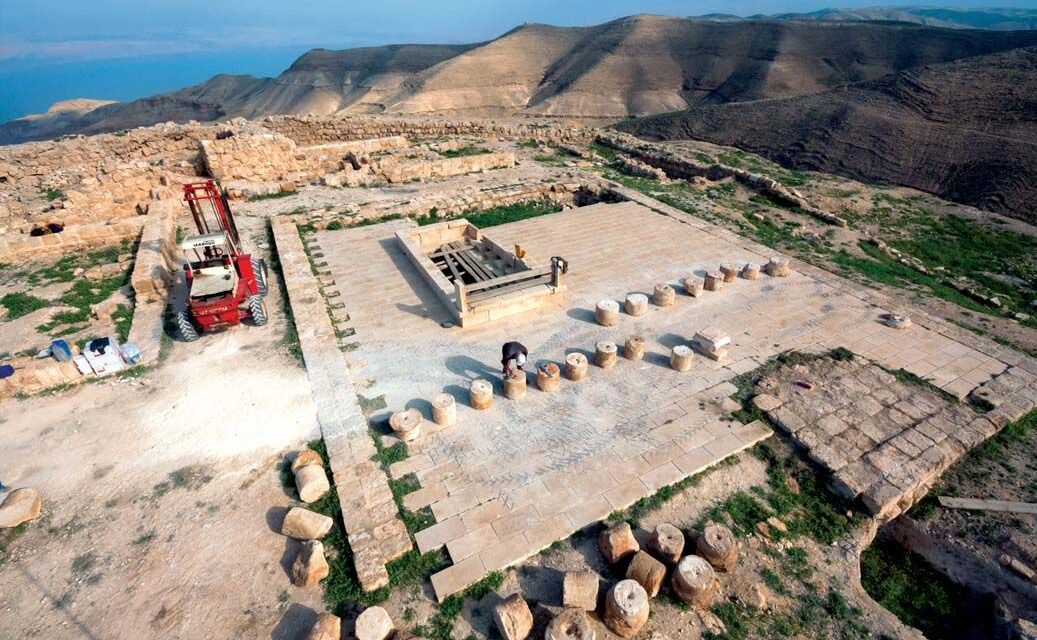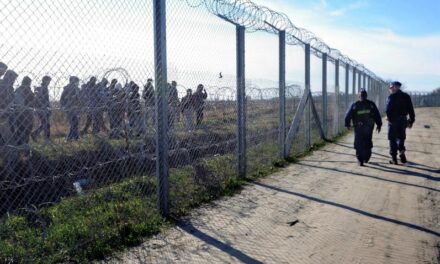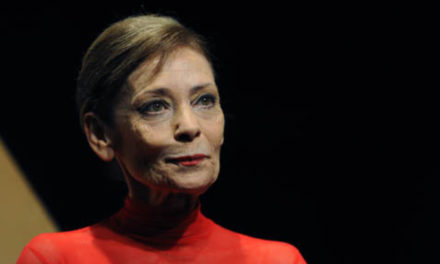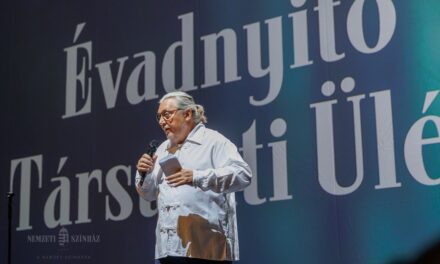The incredible richness of the Dead Sea time capsule proves that the Bible is not only a religious text, but a written history that lives with us.
Győző Vörös has been working on the excavation of Herodes the Great's palace since 2009, and he admits that he would not be here today without his Hungarian masters: an antiquarian researcher, archaeologist, Egyptologist awarded the Széchenyi Prize in 2022, doctor of architecture, honorary member of the Hungarian Academy of Arts, university professor at He spoke to Mandiner about his work, which is also his passion.
"I grew up in a deeply religious Catholic family with three children in Pécs; my older sister became a nun in France. Our super-conservative parents didn't let me and my sisters watch TV, because they thought it was communist propaganda. Only Free Europe, Vatican Radio and Voice of America were allowed to play on the radio. And in the evenings, my father, a mathematician, and my mother, an art teacher, read us stories almost exclusively from the Bible instead of fairy tales," said the Egyptologist, who, according to him, is no accident that
growing up in the magical world of the Bible, he longed for it, it also represented a kind of heaven for him: thousands of kilometers and thousands of years away from Pécs.
"Thirty years ago, on the first of February 1994, I moved to Egypt as the permanent representative of Hungarian Egyptology in Cairo with a five-year interstate scientific scholarship delegated from ELTE. I have been working here in the Middle East as a Hungarian for the thirty-first year in Hungarian colors"
The first archaeological find that he got his hands on sealed his fascination with Egyptology:
"In the spring of 1994, before the excavations on Mount Thoth began, I did a field trip in Thebes, and among the ruins of the temple I saw a carved fragment of white limestone. I picked it up, there was an ankh hieroglyph engraved on it, which means life. I experienced a wonderful omen. And the two treasures from Alexandria had the biggest impact on me. The discovery of buried gold and bronze treasures was a world sensation, and the huge success laid the foundation for my invitation to the government of Cyprus in 2004, and even defined my professional career. In the 21st century, archaeological excavations are solely for the purpose of obtaining new information, and these beautiful ancient and early Byzantine treasures from Alexandria carried important new information”.
Vörös Győző visited Egypt, Cyprus, Jerusalem, and also lived in Jordan for more than a decade.
"My parents and sisters easily let me go, since my vocation from God was the ancient East. They looked at it as if I had a priestly vocation: according to our faith, they could not object. My own family, on the other hand, has been able to live with me in the Middle East for more than twenty years solely thanks to my wife. However, the greatest gift was that Noémi, who we met at ELTE, came to the Middle East after me and left everything behind for me. She was still pregnant with our eldest son in Alexandria, and she gave birth to our little girl in Jordan. His immeasurable love keeps our family together. Since 2009, I have been working in Jerusalem as a research professor at the Pontifical Biblical Institute. It is wonderful that we live here, because it is the gate of Heaven. With this loving and supportive family background, all professional battles can be fought and success can be achieved," he said about how his family accepted the fact that Vörös Győző was tied to foreign locations by his work.
The archeologist-architect's best-known work is the excavation and presentation of Herod the Great's palace, Machaerus.
"Perhaps it sounds shocking, but among the Gospel sites, the Romans built The city, which was destroyed in the winter of 71-72, is the only one left to us as a time capsule from antiquity. All the other settlements were rebuilt many times under the rule of the Byzantines, the Crusaders or the Ottomans, and most of them are still inhabited today, such as Nazareth, Jericho, Jerusalem. However, even the architectural interiors could be reconstructed in a unique way on Machaerus. It can be said responsibly that Machaerus is the most authentic historical-archaeological Gospel site. We Hungarians were the first to restore complete Herodian columns in the Holy Land. This is the place where Saint John the Baptist was imprisoned and beheaded, where Salome danced on that fateful birthday”
In 2009, the Amman royal court commissioned Vörös Győző to lead the archaeological excavations and monument restorations in Machaerus for 20 years. The excavation of Herod's palace is due to this - as if Providence had guided him along this path.
"I've felt this way for as long as I can remember. Jesus said: "Follow me!" And I follow him with ever greater joy and devotion, since my childhood. I'm in my 53rd year, but I've never had the question of whether I'm on the right path," he said about this task.
Győző Vörös also spoke about the plan to create a so-called Holy Land El Camino, one of the main locations of which will be Machareus.
"This is a five-site, Vatican-approved pilgrimage route to the Holy Land on foot, by bike or by car. In the words of the Gospel of John, "From Bethany, beyond the Jordan", it starts from the place of Jesus' baptism and the gathering of the first five apostles, on the eastern bank of the holy river. From there, the Roman war road leads up to Mount Nebo, where Moses saw Canaan and where he died. The most beautiful Jordanian works of Byzantine mosaic art from the sixth and seventh centuries await us in the basilica there. The third stop is Madaba, B.C. The capital of the Kingdom of Moab, with the largest Christian community in rural Jordan, ceased to exist around 400. In one of its ancient churches, a unique 6th-century mosaic map of the Holy Land can be seen. The fourth stop is Machaerus, where the tetrarch Herod Antipas, the princesses Herodias and Salome lived in the citadel, and where St. John the Baptist was imprisoned and beheaded. Yes, this is where Salomé danced on that fateful birthday. This is not just a sacred tradition, but an authentic historical-archaeological site. From here, the pilgrimage route leads to the coast of the Dead Sea, where many hotels with a magnificent panorama of Bethlehem and Jerusalem welcome tired pilgrims looking for refreshment." Győző Vörös outlined the route of the pilgrimage.
There is a war in the Holy Land today. Viewed in the historical perspective of two thousand years, many of today's conflicts appear from a different perspective. According to Vörös Győző, the ancient historian can draw from this the lesson that is still valid today, that the sons of Abraham are still killing each other today, and the Gospels are still taking place among us today.
"A cry is heard in Rama, bitter weeping and wailing: Rachel mourns her sons and does not want to be comforted, because they are no more," he quoted the lines of the Gospel, emphasizing: without knowledge of antiquity, no one can truly understand the special world of today's Middle East.
The full interview can be read on Mandine.
Cover image: Work on the colonnade courtyard of Machaerus Palace
Source: Prof. Győző Vörös excavation archive













